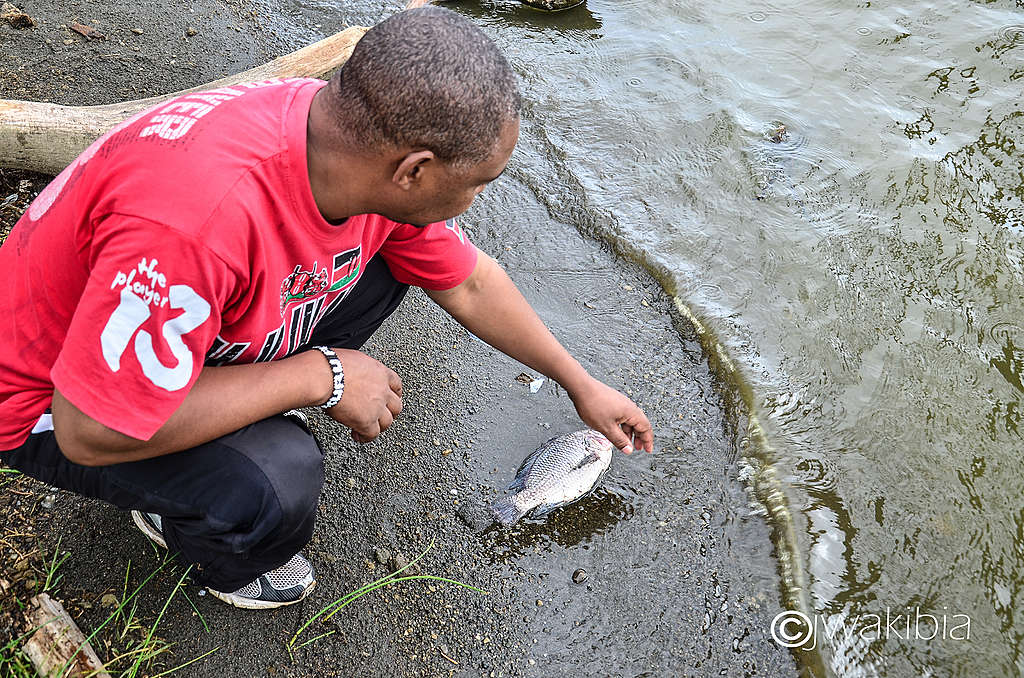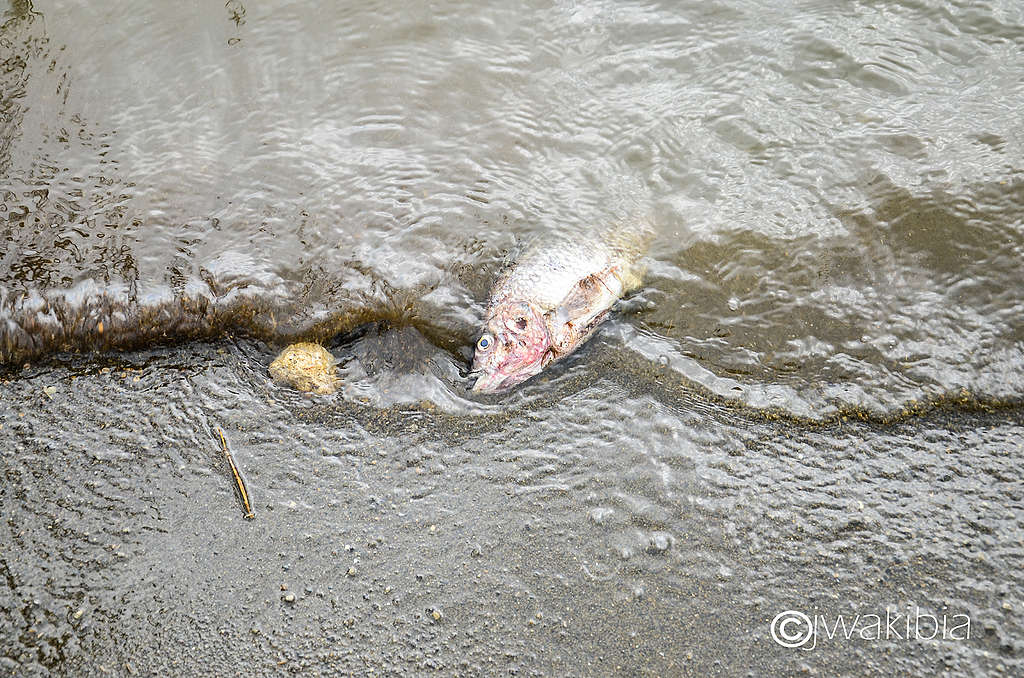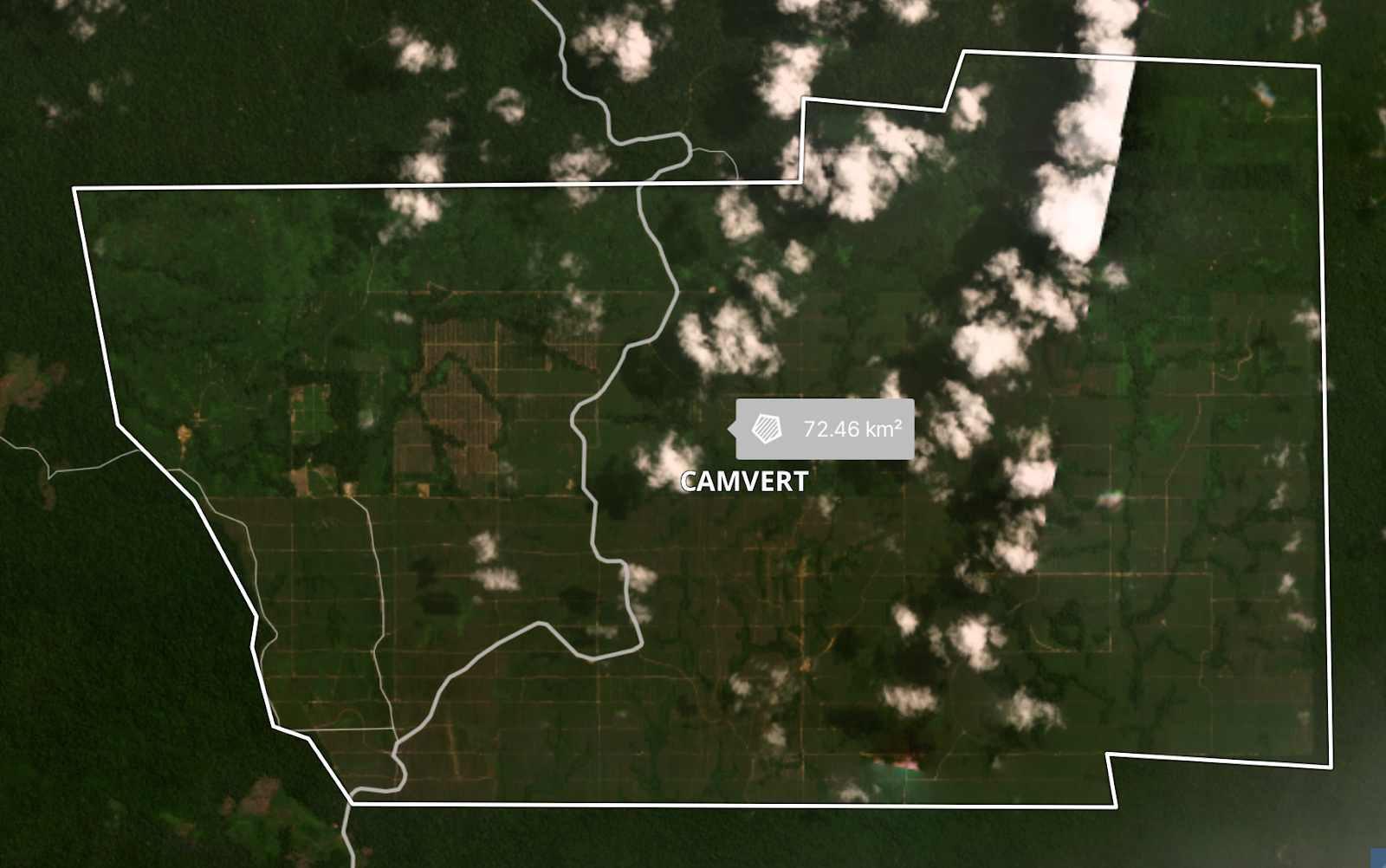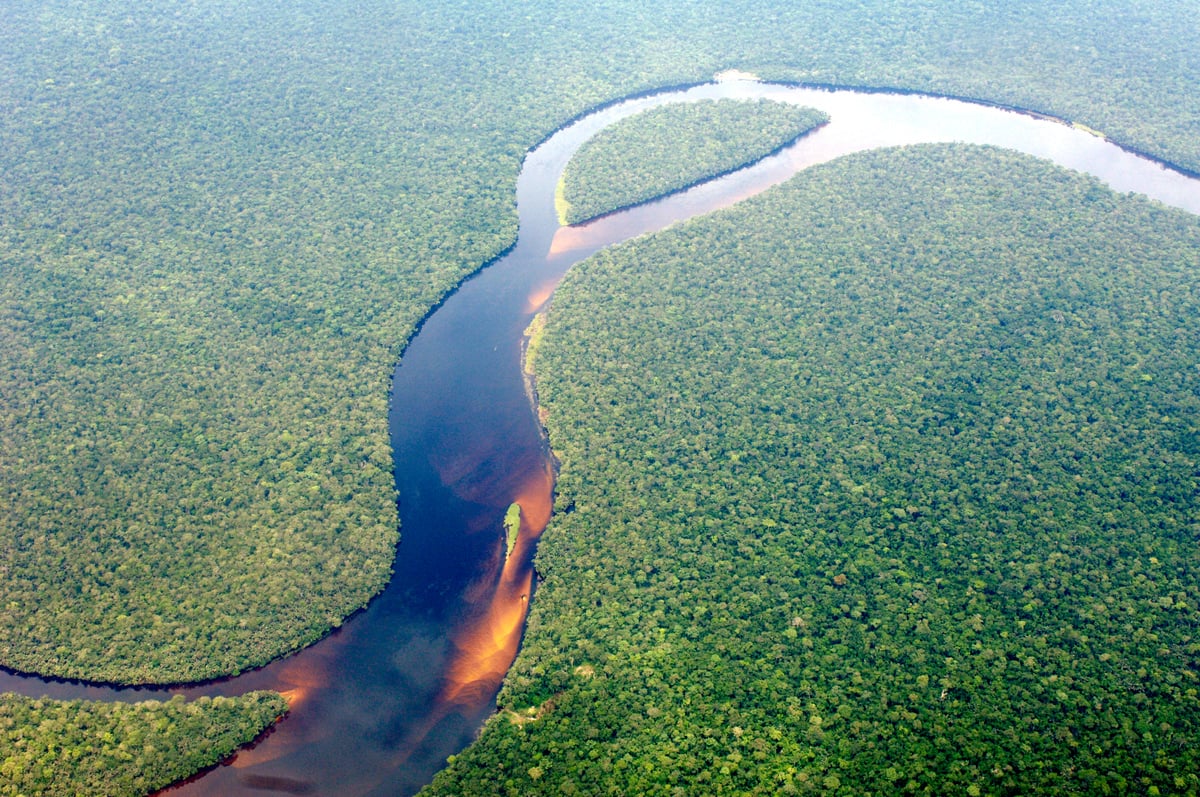Nakuru used to be known as the flamingo town, but not any more. Thousands of flamingos have migrated to other areas. With the rise of population in Nakuru, flora and fauna in Lake Nakuru, a protected wetland and a UNESCO World Heritage Site, may soon begin to perish because of increasing levels of pollution from untreated sewage and industrial waste.

Sewage from Nakuru town and other residential areas is not effectively recycled, hence effluent flowing into the lake. This could explain the diminishing numbers of flamingos that once dotted the shorelines. The problem is made worse by the discharge of industrial waste, mostly chemicals generated by factories within Nakuru town.

The situation is dire and needs to be addressed before the lake, which is also a birds haven, becomes a mere central park. With an increasing population, comes increased water use. Essentially so much wastewater gets flushed down toilets and flows into the lake. Whether treated or not, the sheer amount of water from over 300 000 residents, could be more than that from rivers supplying it, will have a devastating impact on the lake.
The flooding activities around Lake Victoria and Nakuru is exacerbating the existing pollution. The discharge of untreated effluent and the lack of enforcement of discharge standards are killing Lake Nakuru. Kenyans will continue to lose livelihoods as a result of increased water pollution. The health of those who feed on lake fish is also at risk.
The National Environmental Management Authority (NEMA) needs to take a stand on the water pollution issue in Kenya and specifically on protecting Lake Nakuru and the lives and livelihoods of those who depend on these resources.
By James Wakibia
Activist





Discussion
Please explore The Vetiver System, as a means to remediate the polluted water bodies. Vetiver Grass, will stop the pollution.
Thank you for sharing with us, Patrick; we will look into it.
This is becoming really serious. The concerned entity should take this matter serious. The community should be involved in each and every step taken if their is any. We can't just sit back and watch the aquatic life being destroyed. This is a very informative information and it should be shared worldwide. Thanks.
Agreed, this is a collective effort, and all culprits must be held accountable.
Protect lake Nakuru. Stop poisoning our lake
Thank you for your support.